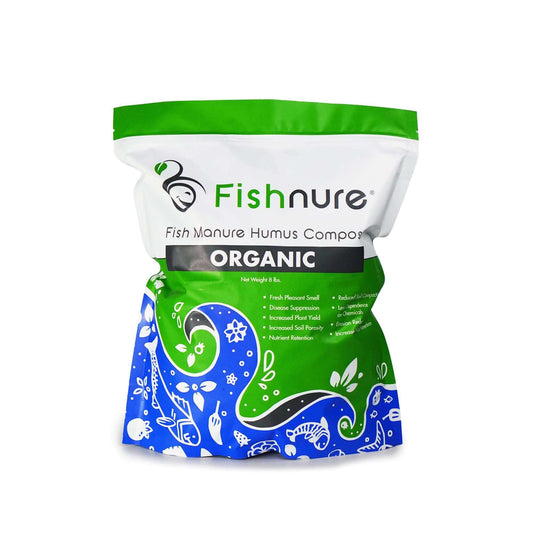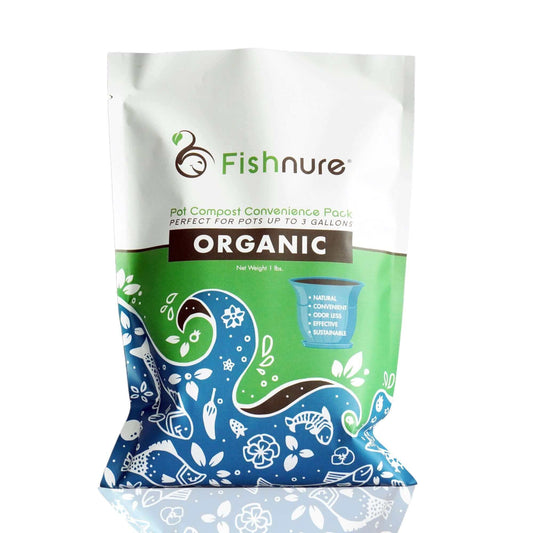Introduction
In the world of agriculture and gardening, the term "organic" has gained significant attention over the years, not just as a dietary preference but also as a methodology for nurturing plants. Organic farming and gardening practices emphasize sustainability, soil health, and reduced chemical inputs. One of the cornerstones of these practices is the use of organic fertilizers. These natural amendments play a vital role in providing essential nutrients to plants, enhancing soil structure, and promoting overall ecological balance. This article delves into the history, nutritional differences, industrial applications, and challenges associated with organic fertilizers, shedding light on their importance in modern agriculture.

History of Use
The concept of using organic materials to enhance soil fertility dates back centuries, well before the advent of synthetic fertilizers. Ancient agricultural societies such as the Greeks, Romans, and Chinese recognized the benefits of using animal manure, compost, and plant residues to improve soil quality and promote plant growth. The practice was based on the intuitive understanding that organic matter decayed over time, releasing nutrients gradually and enriching the soil.
Fast forward to the 20th century, the Green Revolution brought about a paradigm shift in agriculture. Synthetic fertilizers became the norm, promising quick nutrient availability and higher yields. However, concerns over the environmental impact of synthetic fertilizers, along with growing awareness of soil degradation, prompted a resurgence of interest in organic farming methods, including the use of organic fertilizers. Today, the history of organic fertilizer serves as a reminder that sustainable practices have deep roots in the wisdom of our ancestors.

Nutrition Differences Between Different Types of Organic Fertilizer
Organic fertilizers encompass a diverse range of materials, each offering distinct nutritional profiles. These fertilizers can be broadly categorized into plant-based and animal-based fertilizers, each with its unique benefits.
- Plant-Based Organic Fertilizers: These fertilizers are derived from plant sources and include materials like compost, cover crops, and plant residues. Compost, for instance, is a rich source of organic matter and provides a balanced array of nutrients including nitrogen, phosphorus, and potassium. Cover crops, such as legumes, fix atmospheric nitrogen and enrich the soil when plowed under. Plant residues, when incorporated into the soil, contribute to nutrient cycling and enhance soil structure.
- Animal-Based Organic Fertilizers: Derived from animal sources like manure, bone meal, and fish emulsion, these fertilizers offer specific nutrients important for plant growth. Manure contains nitrogen, phosphorus, and potassium, along with micronutrients. Bone meal is a valuable source of phosphorus and calcium, essential for root development and overall plant health. Fish emulsion provides a quick-release source of nutrients, particularly nitrogen, aiding in rapid vegetative growth.
Industrial Use for Organic Fertilizer

The adoption of organic fertilizers is not limited to small-scale agriculture and home gardening; it has also found a place in industrial agriculture. Large-scale operations are incorporating organic fertilizers into their crop management strategies for several reasons.
- Soil Health Improvement: Organic fertilizers, with their diverse nutrient content and organic matter, contribute to enhancing soil structure and microbial diversity. This leads to improved water retention, reduced erosion, and overall healthier soils.
- Reduced Environmental Impact: Unlike synthetic fertilizers, organic fertilizers release nutrients slowly over time, reducing the risk of nutrient runoff into water bodies, which can cause harmful algal blooms and disrupt aquatic ecosystems.
- Enhanced Nutrient Efficiency: Organic fertilizers release nutrients in a manner that aligns with plant growth patterns. This reduces the likelihood of nutrient imbalances and wastage, contributing to efficient nutrient utilization.
- Carbon Sequestration: The incorporation of organic matter from plant and animal sources into the soil aids in carbon sequestration, playing a role in mitigating climate change.
Issues with Organic Fertilizer and How These Issues Are Overcome
While organic fertilizers offer numerous benefits, they are not without challenges. Addressing these challenges is essential to maximize their effectiveness in sustainable agriculture.
- Nutrient Variability: Organic fertilizers often contain varying nutrient concentrations, making it challenging to precisely meet plant nutrient requirements. To overcome this, soil testing and careful application rates are crucial to prevent over- or under-fertilization.
- Slow Release: The gradual release of nutrients from organic fertilizers might not meet the immediate nutrient demands of certain crops. This can be mitigated by combining organic fertilizers with targeted mineral supplements when necessary.
- Pathogen Concerns: Animal-based organic fertilizers like manure can carry pathogens that pose risks to human health. Composting and proper handling procedures can minimize these risks.
- Transport and Storage: Organic fertilizers, especially bulky materials like compost and manure, can be logistically challenging to transport and store. This requires planning and investment in proper infrastructure.
- Balancing Nutrient Ratios: Different organic fertilizers contribute to varying nutrient ratios, which might not always align with crop requirements. Careful selection and combination of fertilizers can help achieve balanced nutrition.
In conclusion, organic fertilizers represent a holistic approach to nourishing plants and maintaining soil health. Their historical significance, diverse nutritional profiles, industrial applications, and ongoing efforts to address challenges highlight their importance in sustainable agriculture. The journey from ancient agricultural practices to modern organic farming emphasizes the resilience and wisdom of embracing natural processes in nurturing our ecosystems.
References
- Magdoff, F., & Van Es, H. (2000). Building Soils for Better Crops. Sustainable Agriculture Network.
- Cassman, K. G. (1999). Ecological intensification of cereal production systems: yield potential, soil quality, and precision agriculture. Proceedings of the National Academy of Sciences, 96(11), 5952-5959.
- Drinkwater, L. E., Wagoner, P., & Sarrantonio, M. (1998). Legume-based cropping systems have reduced carbon and nitrogen losses. Nature, 396(6708), 262-265.
- Bünemann, E. K., Bongiorno, G., Bai, Z., Creamer, R. E., & de Deyn, G. B. (2018). Soil quality—a critical review. Soil Biology and Biochemistry, 120, 105-125.
- Gavlak, R., Horneck, D., & Miller, R. (2003). Soil, plant and water reference methods for the western region. Western regional extension publication.
- Cavigelli, M. A., & Lanyon, L. E. (1999). Nitrogen mineralization from field-applied legume cover crop and green manure residues. Soil Science Society of America Journal, 63(3), 809-815.



